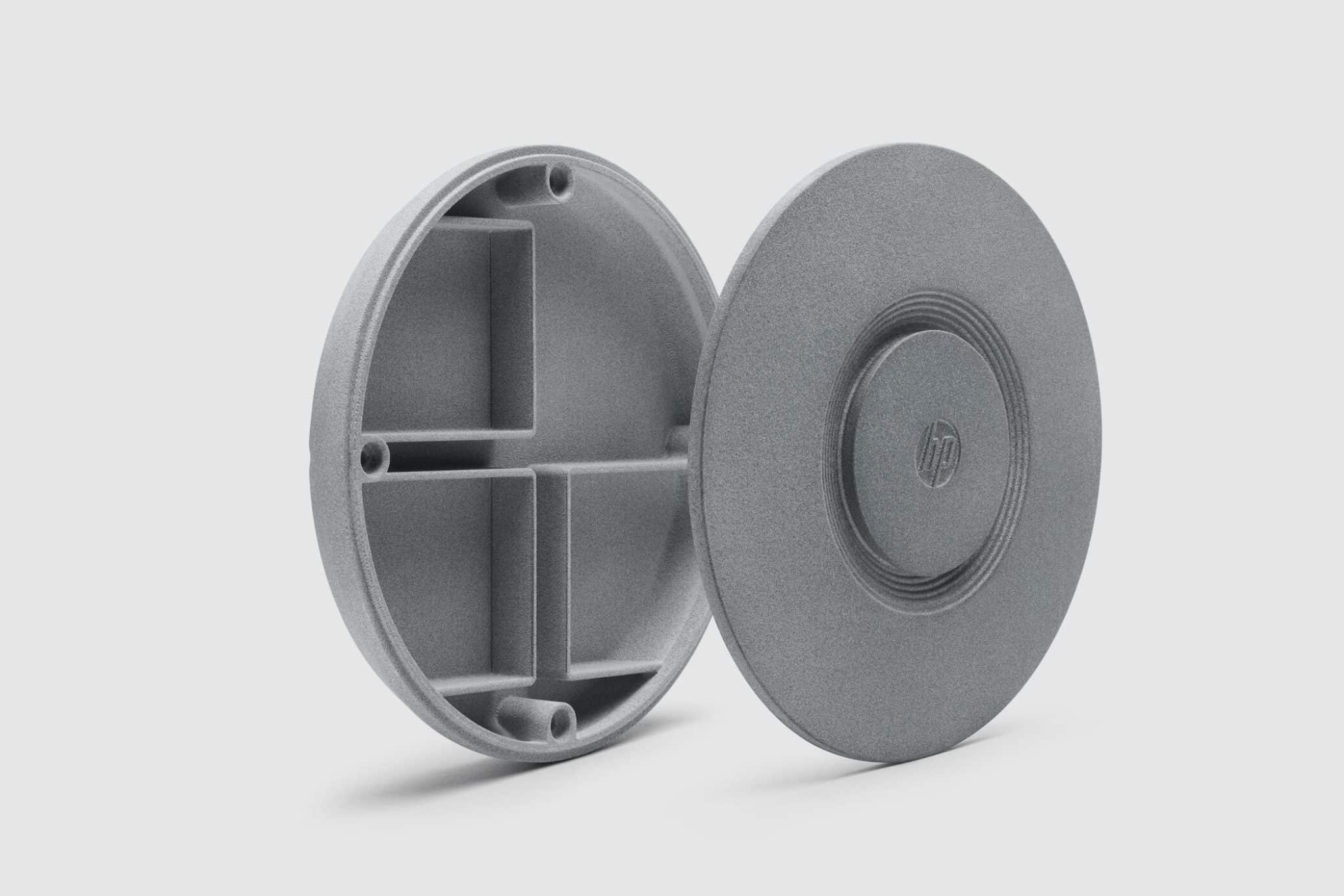Acrylonitrile Styrene Acrylate (ASA)
Introduction to ASA for 3D Printing
Acrylonitrile Styrene Acrylate (ASA) is an engineering-grade thermoplastic known for its UV resistance, mechanical strength, and weatherability. It is ideal for outdoor-use components, automotive housings, and industrial fixtures that require long-term durability in sunlight, moisture, and variable temperatures.
Fused Deposition Modeling (FDM) is the preferred process for ASA, offering dimensional accuracy of ±0.2 mm and excellent interlayer bonding, making it suitable for both functional prototyping and production-grade custom parts.
International Equivalent Grades of ASA
Standard | Grade Code | Equivalent Products |
|---|---|---|
ASTM | D785 | Weatherable ASA Plastics |
ISO | ISO 4892 | Outdoor-Grade ASA Resin |
China | GB/T 2918 | ASA 热塑性塑料 |
Trade | Luran® S | BASF Outdoor ASA |
Comprehensive Properties of ASA
Property Category | Property | Value |
|---|---|---|
Physical | Density | 1.05–1.10 g/cm³ |
Glass Transition Temperature | ~100°C | |
Heat Deflection Temperature | ~90–100°C | |
Mechanical | Tensile Strength | 40–55 MPa |
Flexural Modulus | 1,800–2,200 MPa | |
Elongation at Break | 20–35% | |
Impact Resistance (Notched) | 250–350 J/m | |
Other | UV & Weather Resistance | Excellent |
Suitable 3D Printing Processes for ASA
Process | Typical Density Achieved | Surface Roughness (Ra) | Dimensional Accuracy | Application Highlights |
|---|---|---|---|---|
≥96% | 12–18 µm | ±0.2 mm | Ideal for outdoor enclosures, automotive parts, signage, and functional prototypes exposed to weathering |
Selection Criteria for ASA 3D Printing Processes
UV and Weather Resistance: ASA outperforms ABS outdoors, resisting UV yellowing, moisture degradation, and thermal distortion.
Mechanical Toughness: Offers strength similar to ABS but with greater outdoor stability—ideal for casings, clips, and brackets under external exposure.
Thermal Stability: Performs well in continuous-use environments up to 95°C, making it suitable for outdoor electrical and mechanical assemblies.
Ease of Finishing: Supports sanding, vapor smoothing, painting, and adhesive bonding—excellent for both functional and cosmetic parts.
Essential Post-Processing Methods for ASA 3D Printed Parts
Vapor Smoothing (Acetone/MEK): Improves part aesthetics and weather sealing by closing surface pores and refining the surface finish.
Painting & UV Coating: ASA accepts primers and UV-stable paints, ideal for outdoor branding and color-coding applications.
Machining and Trimming: Post-print processing for mounting holes and mechanical fits with ±0.02 mm precision.
Adhesive Assembly: ASA bonds well with solvent or cyanoacrylate adhesives for product housing assembly and modular construction.
Challenges and Solutions in ASA 3D Printing
Warping on Large Flat Parts: Use a heated bed (100–110°C) and enclosed chamber; add brims or rafts for better first-layer adhesion.
Odor and Emissions: Similar to ABS, ASA emits fumes; use ventilation or filtration when printing indoors to ensure safe air quality.
Moisture Sensitivity: Dry ASA filament at 70–80°C for 4–6 hours before printing to avoid stringing and poor surface finish.
Applications and Industry Case Studies
ASA is widely used in:
Automotive: Exterior trim, brackets, mirror housings, and dashboard components.
Architecture & Signage: Durable outdoor signs, display components, and environmental enclosures.
Electrical Enclosures: Weather-resistant cases, covers, and junction boxes.
Consumer Products: Outdoor gear components, custom electronics housings, and sporting goods.
Case Study: An outdoor lighting manufacturer used FDM ASA to prototype waterproof electrical housings. Parts maintained ±0.15 mm dimensional accuracy and resisted yellowing after 1,000 hours of UV exposure.
Frequently Asked Questions (FAQs)
How does ASA compare to ABS in outdoor durability and UV resistance?
What print settings are optimal for avoiding warping in ASA 3D prints?
Can ASA be painted or coated for outdoor signage and branding?
Is ASA suitable for long-term exposure to rain, sunlight, and temperature fluctuations?
What industries most commonly use ASA in additive manufacturing?



